Kaifan Yang
$E(2)$-Equivariant Vision Transformer
Jul 04, 2023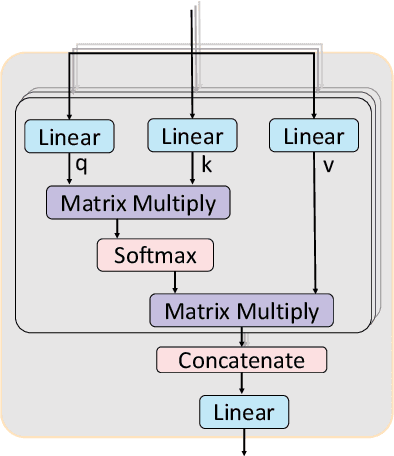
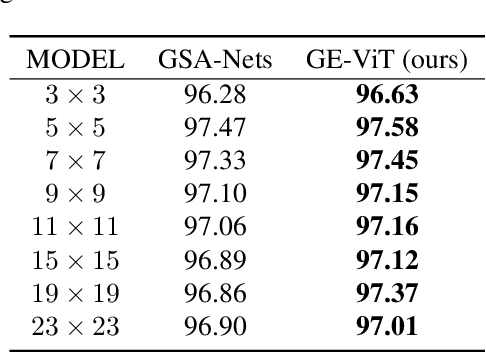
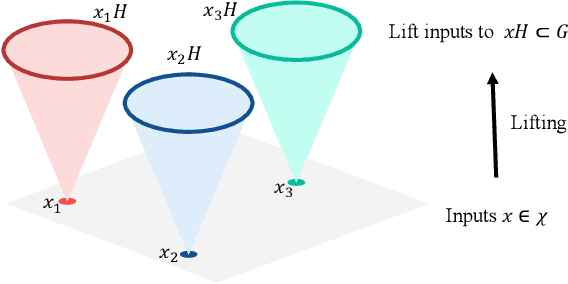
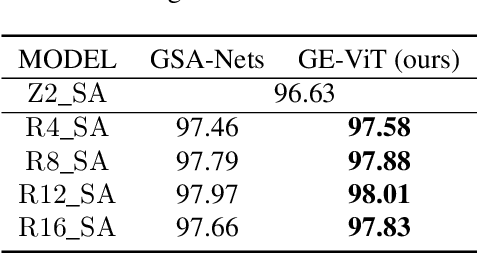
Abstract:Vision Transformer (ViT) has achieved remarkable performance in computer vision. However, positional encoding in ViT makes it substantially difficult to learn the intrinsic equivariance in data. Initial attempts have been made on designing equivariant ViT but are proved defective in some cases in this paper. To address this issue, we design a Group Equivariant Vision Transformer (GE-ViT) via a novel, effective positional encoding operator. We prove that GE-ViT meets all the theoretical requirements of an equivariant neural network. Comprehensive experiments are conducted on standard benchmark datasets, demonstrating that GE-ViT significantly outperforms non-equivariant self-attention networks. The code is available at https://github.com/ZJUCDSYangKaifan/GEVit.
S2SNet: A Pretrained Neural Network for Superconductivity Discovery
Jun 28, 2023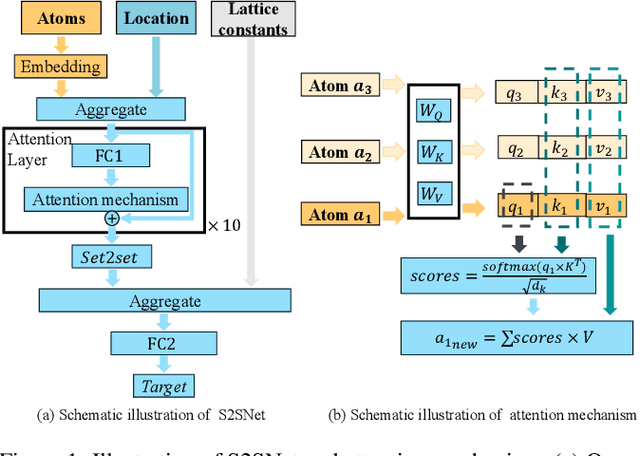

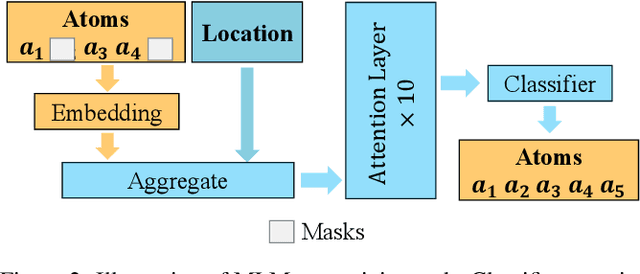
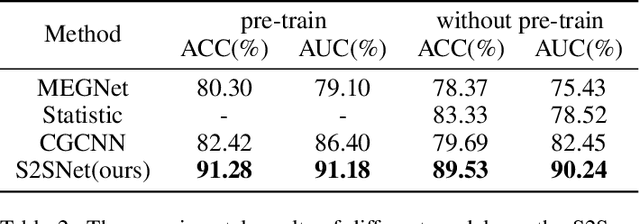
Abstract:Superconductivity allows electrical current to flow without any energy loss, and thus making solids superconducting is a grand goal of physics, material science, and electrical engineering. More than 16 Nobel Laureates have been awarded for their contribution to superconductivity research. Superconductors are valuable for sustainable development goals (SDGs), such as climate change mitigation, affordable and clean energy, industry, innovation and infrastructure, and so on. However, a unified physics theory explaining all superconductivity mechanism is still unknown. It is believed that superconductivity is microscopically due to not only molecular compositions but also the geometric crystal structure. Hence a new dataset, S2S, containing both crystal structures and superconducting critical temperature, is built upon SuperCon and Material Project. Based on this new dataset, we propose a novel model, S2SNet, which utilizes the attention mechanism for superconductivity prediction. To overcome the shortage of data, S2SNet is pre-trained on the whole Material Project dataset with Masked-Language Modeling (MLM). S2SNet makes a new state-of-the-art, with out-of-sample accuracy of 92% and Area Under Curve (AUC) of 0.92. To the best of our knowledge, S2SNet is the first work to predict superconductivity with only information of crystal structures. This work is beneficial to superconductivity discovery and further SDGs. Code and datasets are available in https://github.com/zjuKeLiu/S2SNet
 Add to Chrome
Add to Chrome Add to Firefox
Add to Firefox Add to Edge
Add to Edge